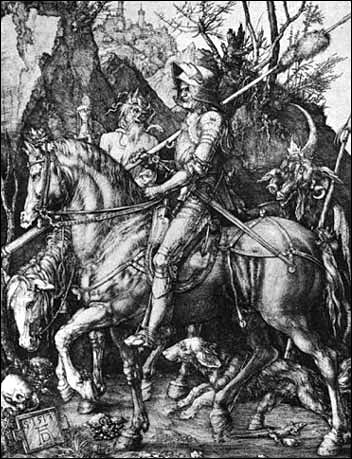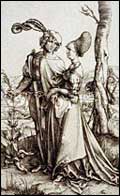
The Horseman |
|
MAIRIE DU 5è ARRONDISSEMENT DE PARIS
21, place du Panthéon
75005 PARIS
OPENING TIMES:
Monday - Saturday : 10am - 7.30pm
Sunday: 11am - 7pm
The ticket office closes 30 min. before closing time
INFORMATION:
Mairie du 5ème arrondissement de Paris
Tel : 01.56.81.75.05 / 01.56.81.74.78
Fax : 01 56 81 75 08
www.mairie5.paris.fr
PRICES OF ADMISSION:
Full price: 6 euros
Special rate: 4 euros: OAPs, disabled, unemployed,
under 26, the French Retired Artists’ Association,
Free: Municipal staff, ICOM members, museum curators,
accompanied under 12’s, journalists
CURATOR:
Vincenzo Sanfo
centroita@tiscalinet.it
PRESS CONTACT:
Elisabetta Marchetti Listowski,
Centro Italiano per le Arti e la Cultura
12 Rue du Rocher - 75008 Paris
Tel: 06 24 89 88 87
elisabeth-marchetti@noos.fr
Cultural Affairs Department
Town Hall 5th district (arrondissementt.
Tél : 01 56 81 74 89
marie-caroline.vaudoyerpoisson@mairie-paris.fr

|
This exhibition, organized by the Italian Arts and Cultural Centre and theTown Hall of the 5th arrondissement in Paris with the aid of private collectors, is a wonderful opportunity to rediscover an exceptional collection of important works by Albrecht Dürer. Three of his major cycles and a selection of plates, a hundred-odd sheets in total, produced at the height of his maturity, illustrate the many facets of his techniques, from xylography to drypoint, and the inexhaustible diversity of his art.
The cycle of the Virgin's Life
This series of twenty xylographies,17 of which are shown here, begun in 1502, coincides with the artist's second trip to Italy. In the course of his two visits, Dürer focused on the study of perspective and the human body. His newly acquired technical skills were directly applied to his plates, which reveal a deeply sensitive representation of Mary's life. The works are enriched with figures and scenes in impressive architectural settings influenced by the Italian Renaissance and Giovanni Bellini
The Passions
Dürer is at the peak of his art when he creates the Small Xylographic Passion and the Engraved Passion. The Small Passion is characterised by its expressionistic approach, bold contrasts and an intensity of emotion which gained it instant popularity. It accentuates the human rather than spiritual side of the tragedy.The Engraved Passion, which Dürer began in 1507, when he returned from his second trip to Venice, is without doubt the most successful of all the Passions. Its' psychological depth, its' sumptuous, aristocratic figures, the contrast between the dramatic atmosphere and the spirituality expressed in the treatment of light and an emphasis on spiritual rather than physical suffering, contribute to its uniqueness. Dürer wishes to show Christ 's dignity as a man.
Engraving, etching and xylography
Three plates of the Xylographic Great Passion, Maximilien's triumphant Grand Chariot and thirty sheets - engravings , etchings and xylographies - such as The monstruous Sow of Landser, The Rat on Saint Christopher's Unicorn, The Virgin with monkey, The Knight, Death and the Devil or Frederick of Saxe complete this exhibition and demonstrate the diverse talents of one of the greatest masters of engraving of all time.
Illustration :
The Lady and Gentleman
|










